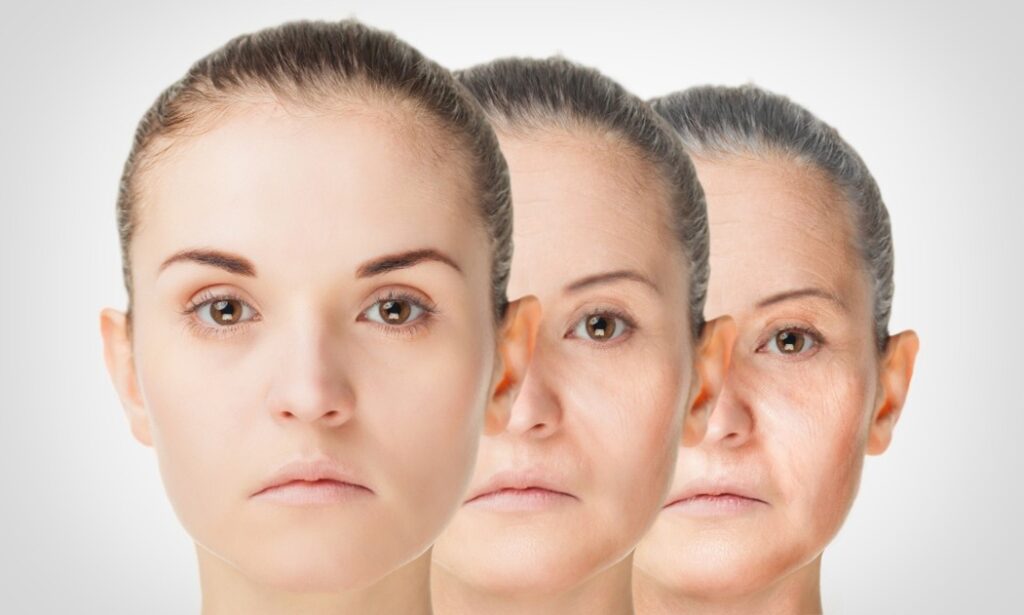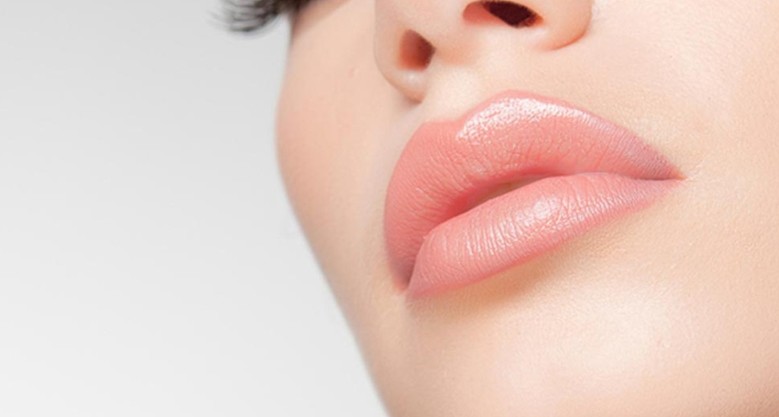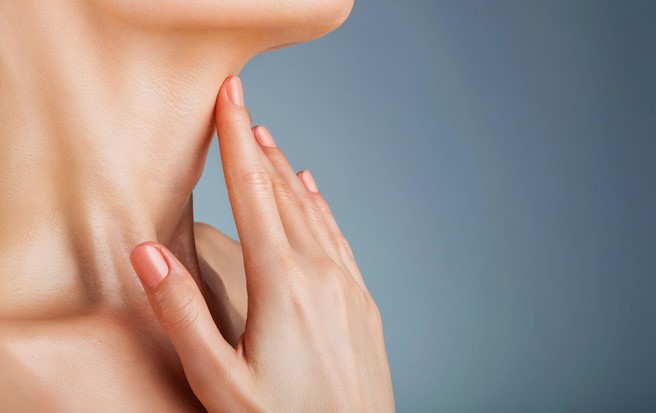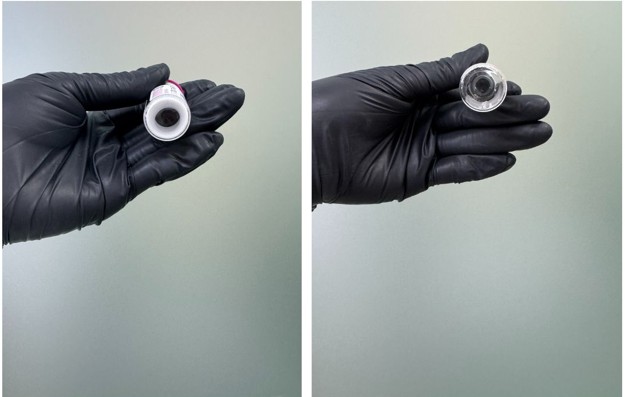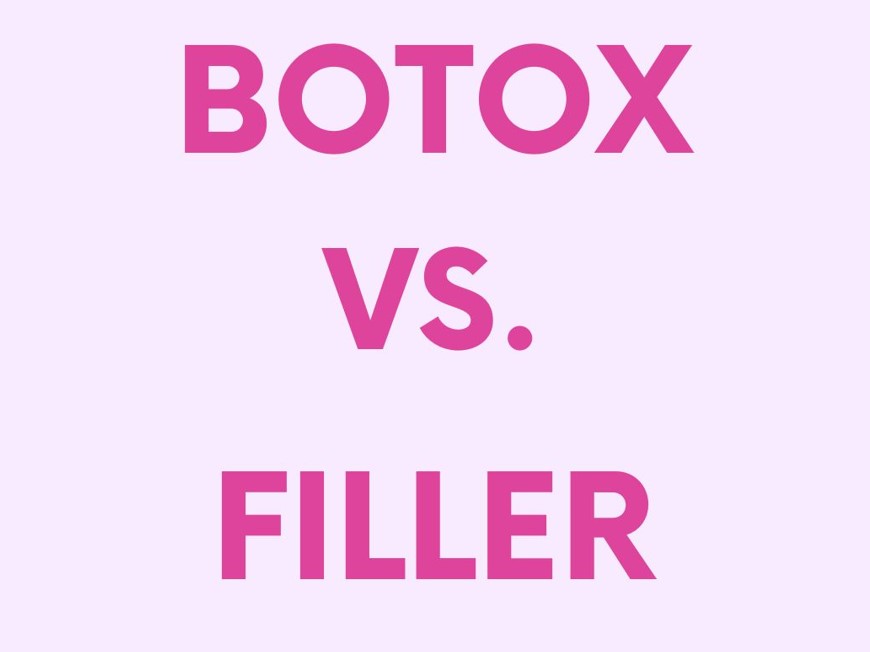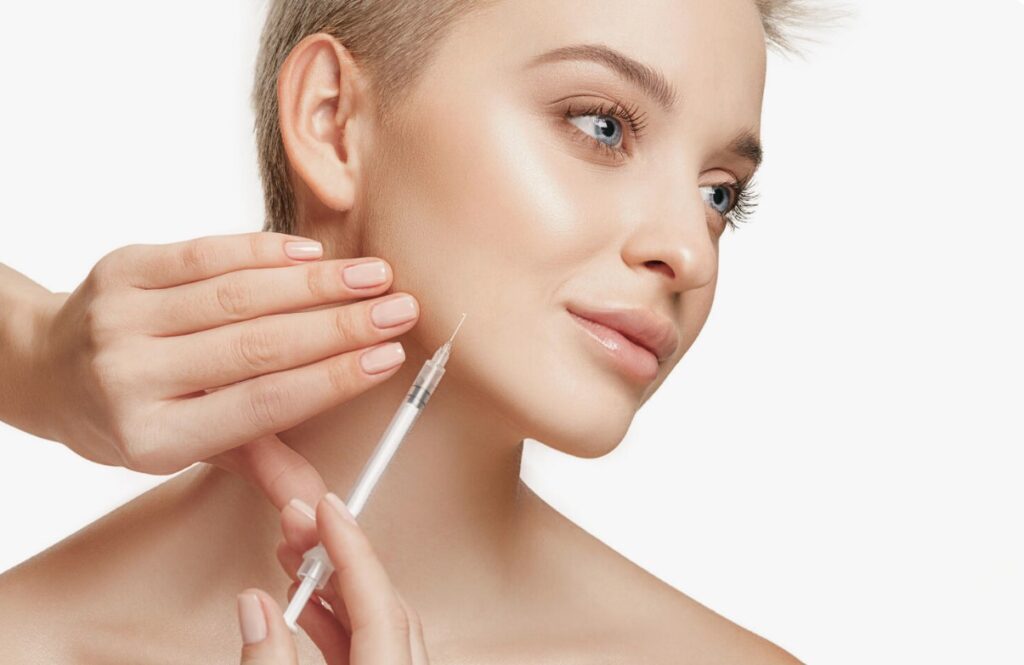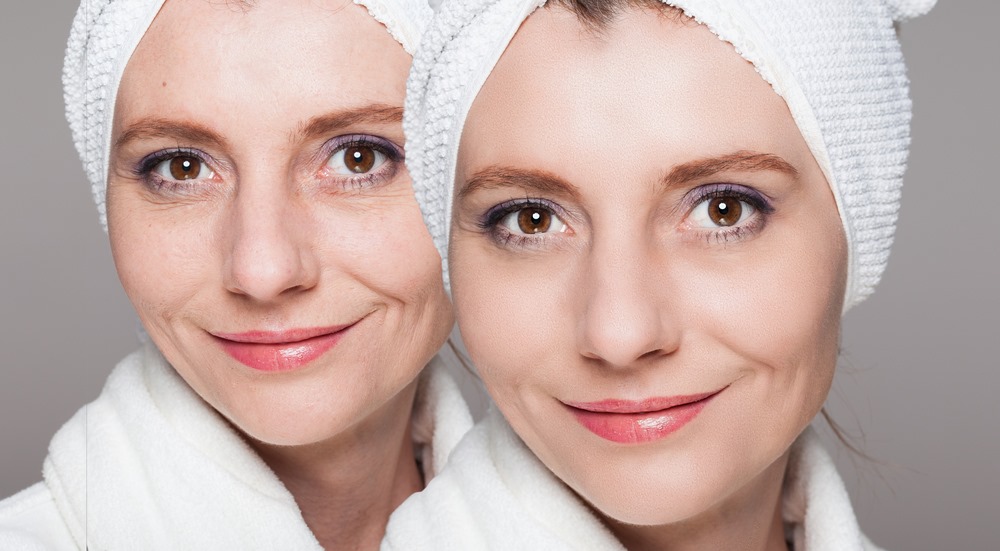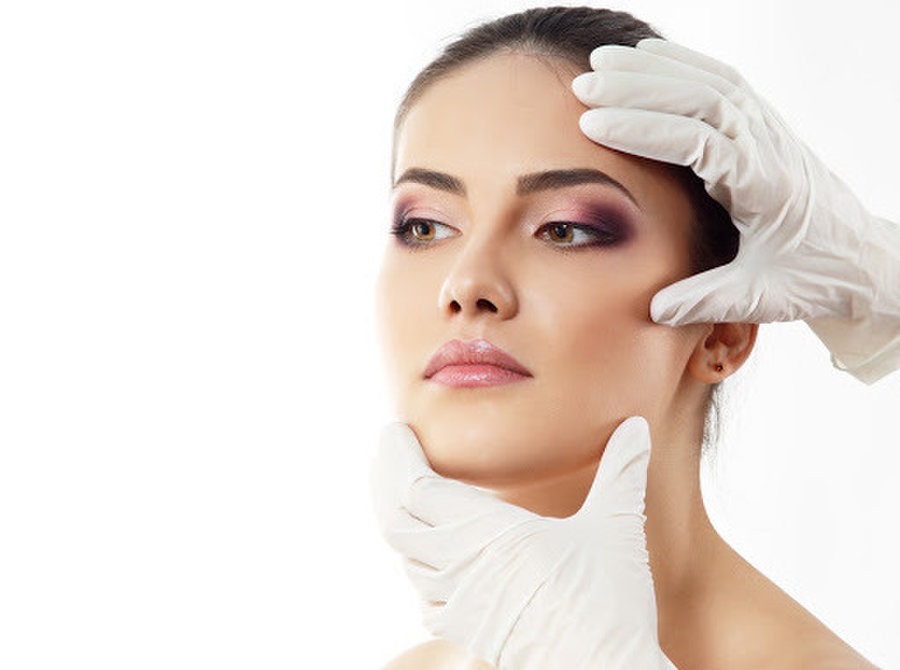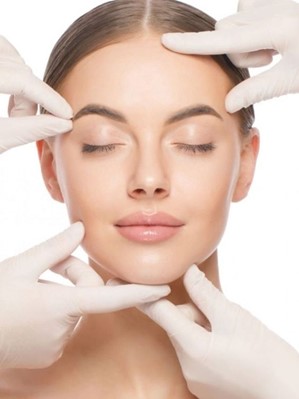FREE SHIPPING OVER $600 MINIMUM ORDER $400
Skin Botox vs. Traditional Botox: Which Is Right for You?
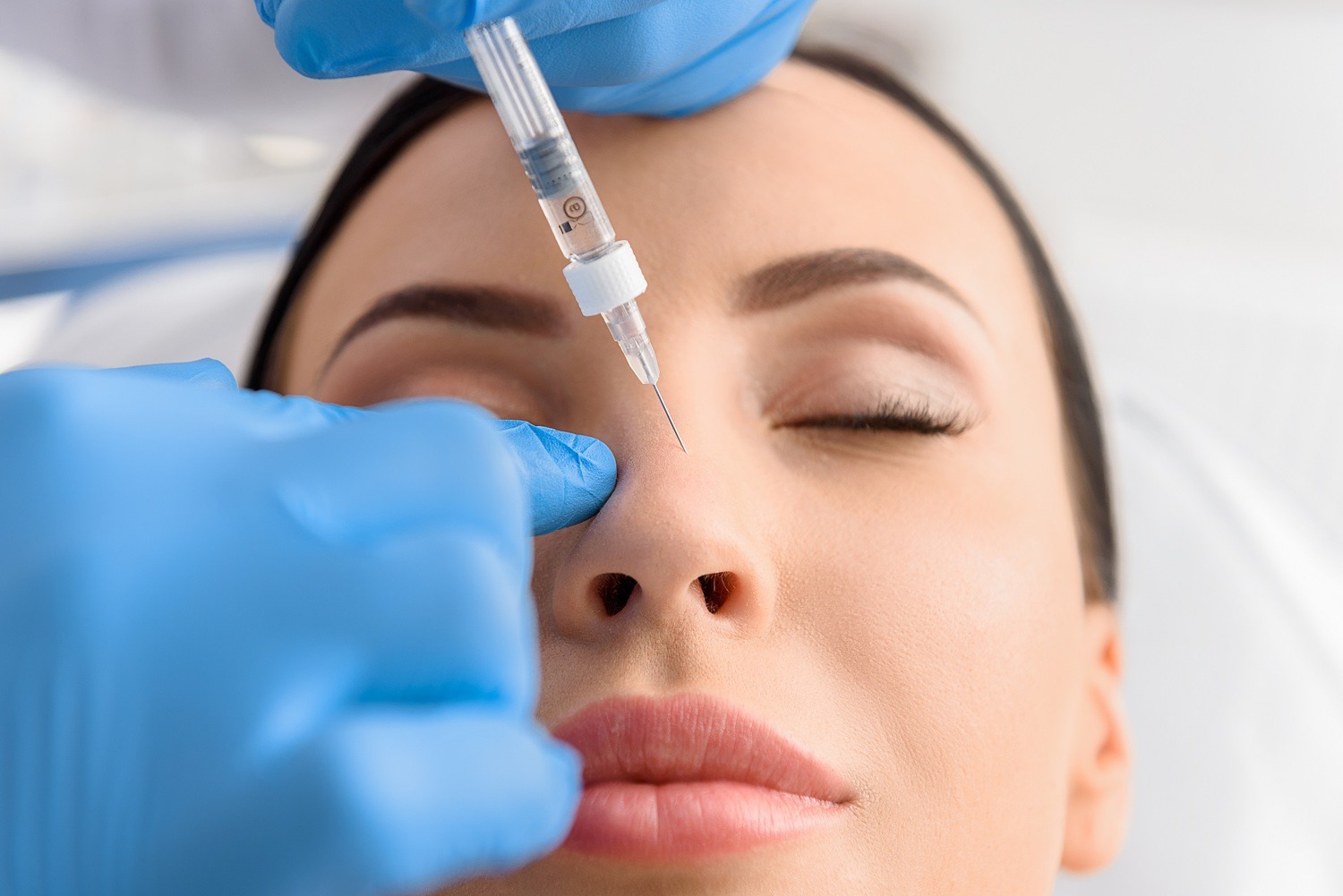
The beauty and skincare world is brimming with innovative solutions to help us achieve a youthful, radiant appearance. Two such treatments, Skin Botox and traditional Botox, are often mentioned in conversations about wrinkle reduction and skin rejuvenation. While both derive from the same substance—Botulinum toxin and seem similar, they are quite different and serve unique purposes. Regular Botox is injected into the muscles, while skin Botox (aka Dermatoxin) is injected directly into the skin layer. Understanding their differences can help you decide which treatment aligns best with your skincare goals.
Traditional Botox
Botox (short for Botulinum toxin) Type A is a neurotoxin. It temporarily paralyzes treated muscles. When injected into certain facial muscles, Botox inhibits the nerve impulses that cause these specific muscles to contract, reducing the appearance of dynamic wrinkles caused by repetitive facial expressions.
Primary Treatment Areas
Traditional Botox is renowned for its effectiveness in addressing wrinkles in areas such as:
- Forehead lines
- Crow’s feet near the eyes
- Frown lines (glabellar lines)
How It Works
By relaxing facial muscles, Botox smooths out lines and creases, offering a rejuvenated appearance. However, its effects are limited to dynamic wrinkles—those caused by muscle movement.
Skin Botox
Skin Botox, often referred to as Microbotox, involves injecting tiny doses of Botox into the dermis (the skin’s top layer) rather than deep muscles. The goal is not to paralyze muscles but to enhance the skin’s texture and quality.
What It Targets
Unlike traditional Botox, Skin Botox focuses on:
- Reducing pore size
- Improving skin elasticity
- Enhancing overall texture and glow
How It Works
Microinjections target sweat and oil glands, minimizing their activity. This process results in reduced pore size, smoother skin, and a tightened appearance.
Key Differences Between Skin Botox and Traditional Botox
1. Injection Depth and Target
- Traditional Botox: Injected into deep muscles to reduce wrinkles caused by muscle contractions.
- Skin Botox: Injected into the dermis to address skin texture, pores, and elasticity without affecting muscle movement.
2. Purpose and Outcome
- Traditional Botox: Focuses on reducing dynamic wrinkles for a smoother, youthful appearance.
- Skin Botox: Aims to refine skin texture, tighten pores, and promote a radiant complexion.
3. Effect Duration
- Traditional Botox effects last around 3–6 months, depending on the individual and area treated.
- Skin Botox may require more frequent treatments, typically every 2–4 months, for sustained results.
The Benefits of Skin Botox
1. Pore Minimization
Skin Botox targets overactive oil glands, leading to visibly smaller pores and smoother skin. This is especially beneficial for individuals with oily or combination skin.
2. Skin Tightening
Microinjections stimulate collagen production, which firms and tightens the skin, offering a subtle lifting effect.
3. Improved Skin Texture
By hydrating the dermis and reducing fine lines, Skin Botox enhances the skin’s overall quality, leaving it soft and radiant.
4. Reduced Breakouts
The reduction in oil production minimizes the likelihood of clogged pores, which can help prevent acne.
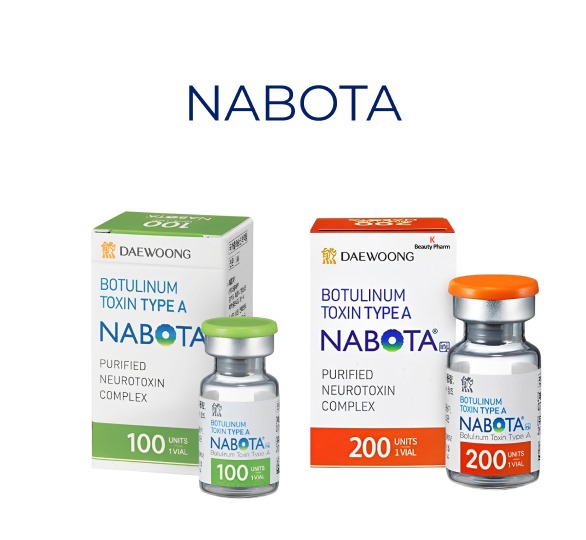
Who Should Consider Traditional Botox?
Best Candidates
Traditional Botox is ideal for individuals seeking to reduce:
- Deep forehead wrinkles
- Crow’s feet
- Frown lines
Age Considerations
While Botox is commonly associated with mature skin, younger individuals often use it preventively to delay the onset of deep wrinkles.
Lifestyle Factors
For individuals whose wrinkles primarily result from repetitive facial expressions, such as frowning and smiling, traditional Botox remains the preferred solution.
Who Should Consider Skin Botox?
Skin Concerns It Addresses
Skin Botox is perfect for those looking to:
- Minimize pore size
- Enhance skin elasticity
- Achieve a natural glow
Ideal Age Group
Skin Botox appeals to a broader age range, from individuals in their 20s aiming to improve skin texture to those in their 40s and beyond seeking a subtle lift.
Skin Type Suitability
This treatment is particularly beneficial for individuals with oily skin or enlarged pores, as it directly targets oil glands.
Traditional Botox Procedure
- Consultation: A professional assesses the areas of concern.
- Preparation: The skin is cleansed, and the target areas are marked.
- Injection: Botox is injected into specific facial muscles using a fine needle.
- Aftercare: For the next ten days, avoid any additional skin treatments such as facials. Do not sleep for 4 hours following the treatment. Avoid the sun exposure for 48 hours.
Skin Botox Procedure
- Assessment: The practitioner evaluates skin texture and elasticity.
- Preparation: The skin is numbed to ensure a comfortable experience.
- Injection: Microinjections are administered into the dermis across the face.
- Aftercare: No touching or massaging the treated area for 4 hours following treatment, including facials. No strenuous activities for 24 hours following the treatment. Avoid wearing headgear that is firmly fitted over the forehead.
Potential Side Effects and Risks
Traditional Botox
- Mild bruising or swelling at the injection site
- Temporary headache or flu-like symptoms
- Rare instances of eyelid drooping
Skin Botox
- Slight redness or swelling, which resolves quickly
- Little risk of uneven skin texture if not administered by a skilled professional
Minimizing Risks
To ensure safety and optimal results, always choose a certified and experienced practitioner for the treatment.
Long-Term Investment
While traditional Botox often requires fewer sessions per year, Skin Botox’s frequent treatments can make it a more significant financial commitment.
Combining Both Treatments
For individuals with both dynamic wrinkles and skin texture concerns, combining Skin Botox and traditional Botox can provide comprehensive results.
- Traditional Botox smooths out deep wrinkles.
- Skin Botox refines the skin’s surface for a radiant, youthful appearance.
Conclusion
When deciding between Skin Botox and traditional Botox, it’s essential to consider your specific skin concerns and cosmetic goals. Traditional Botox is a trusted option for reducing dynamic wrinkles like crow’s feet and forehead lines by targeting muscle movement, while Skin Botox offers a more subtle approach to improve skin texture, minimize pores, and enhance overall radiance. Both treatments have unique benefits, and in some cases, a combination of the two can provide comprehensive results. To ensure the best outcome, consult a qualified practitioner who can guide you toward the right treatment plan for your needs.


